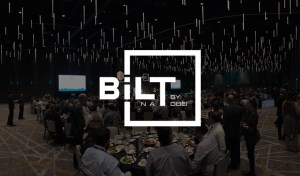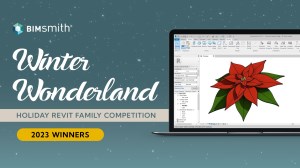Note: The following is a guest article by Aki Merced of Handle.com. Submit your own idea for a guest post here.
A positive working relationship between the architect and the contractor is vital for a smooth construction project. A poor alliance between the two groups can result in delays, additional costs, and even noncompletion. Not only will a construction project suffer, but both architects and contractors can also lose clients and future opportunities for work.
When architects and contractors build a solid connection through effective communication, disagreements are minimized and deadlines are met. Here are five ways architects and contractors can work together more efficiently.
1. Invite contractors to be part of the design process.
A huge venture like a construction project needs a team-oriented approach. The client, the architect, and the contractor are all members of the same team. Since a construction project starts with the design phase, all members must be on board during design to ensure a smooth direction moving forward.
Having the builders on board during the early stages of the design will have a positive impact on the project as a whole. Both architects and contractors can work in identifying the goals of the project, the specifications of the structure, and the subsequent costs. If there are flaws in the plan, the contractor can easily point them out way before they can become bigger problems in the future.
2. Manage expectations based on contractor constraints.
Architects must consider the times when the plan may not be followed because of unavoidable constraints. The budget, availability of materials, and even environmental conditions may all result in revisions of the original plan. While having a grand design and vision is good, it can be unrealistic to expect contractors to sweat the small details when they are focused on timely delivery and dealing with the budget.
That said, it doesn’t mean architects should drop their design concepts because of these constraints. This is where communication and compromise come to play. Be clear and specify what is needed. As long as there’s a respectful back-and-forth between the architect and the contractor, there’s no reason why requests won’t be accommodated.
3. Make weekly on-site inspections.
The responsibility of an architect to a construction project doesn’t end after the submission of construction plans. The architect should inspect the site’s progress and check if the plan is followed within the provisions of the contract.
Weekly meetings between the architect and the contractor provide opportunities for both parties to talk about issues the builders met the previous week. This ensures that the architect and the contractor are on the same page, minimizing costly delays.
4. Immerse yourself in the construction process.
Working with contractors in a construction project does not simply entail problem-solving and compromise. It also serves as a learning experience for architects to familiarize themselves with the current issues on risk, buildability and commercial viability of a construction project.
Getting insight into the issues and concerns that contractors face during the construction process can help you understand where contractors are coming from and incorporate these ideas into future designs.
5. Maintain an accessible line of communication.
While having scheduled meetings is good, there are some unforeseen circumstances where quick action is needed. Thus, it is important to have an open and accessible line of communication between the architect and the contractor. It is good practice to make phone calls and talk about the concern, then make a follow-up email detailing the points that were discussed. This way, construction delays and miscommunication can be minimized.
Clients often engage architects and builders separately--these two roles are not perceived as one integrated team. The architects are hired first to refine the client’s vision into a meaningful plan and the contractors are hired last to put together the puzzle pieces and make the vision a reality. Both parties will have different perspectives on how things are done, which can result in more difficulties in this already complex process.
But like any structure that stands the test of time, architects and contractors need a solid foundation to make a successful construction project. When both parties practice effective communication and collaborative approach, potential points of conflict will be reduced and even eliminated.
--
Aki Merced is the Content Manager at Handle.com, where they build software that helps construction businesses get paid faster by automating the collection process of unpaid commercial invoices.















